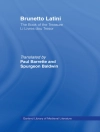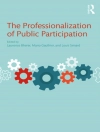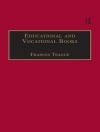Explodes the conventional wisdom that there was a taboo on the topic of flight and expulsion in East Germany.
It is by now almost a cliché that the flight and expulsion of Germans from east-central Europe at the end of the Second World War was a taboo topic in the German Democratic Republic. According to this claim, the Socialist Unity Party (SED) suppressed reference to flight and expulsion so as not to upset its socialist neighbors. This book shows that such a view does not hold up to serious scrutiny. While the topic may not have been addressed in the realm ofpolitics or official commemoration, it was picked up again and again in literature, particularly fiction. Representations of flight and expulsion were by no means restricted, as some have asserted, to Christa Wolf’s novel
Kindheitsmuster: Niven’s study documents around one hundred novels and short stories published in the GDR that address flight or expulsion. He argues that in the 1950s and early 1960s GDR fiction included many refugee figures. Thepredominant emphasis was on their integration under socialism rather than their experience of flight and loss of home; nevertheless, flight and to a lesser degree expulsion were depicted, as was their impact on individuals. They continued to be portrayed in the late GDR and in post-unification east Germany. Flight and expulsion were subject to a developing literary discourse in the GDR, a discourse that this book explores.
Bill Niven is Professor in Contemporary German History at Nottingham Trent University.
Содержание
Introduction
Evidence and Interpretation: Flight and Expulsion in GDR Prose Works
GDR Reconstruction Literature of the 1950s and Early 1960s and the Figure of the Refugee
From Novels Set in the Nazi Period to Novels of Revisiting
The Skeptical Muse: Reassessing Integration
Flight and Expulsion in East German Prose Works after Unification
Bibliography
Index
Об авторе
BILL NIVEN is Professor Emeritus of History at Nottingham Trent University, UK












